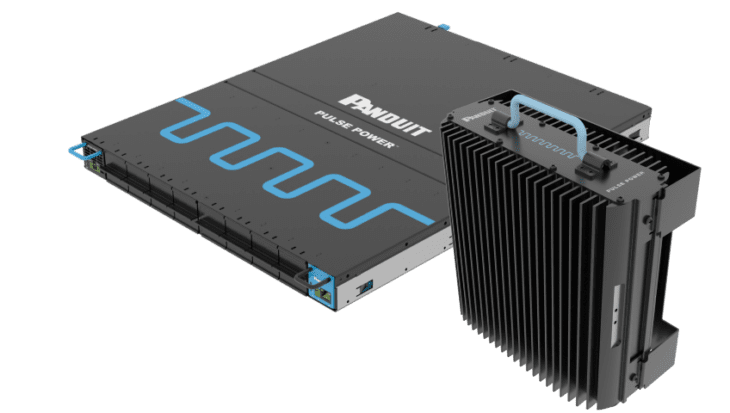What is the best way to implement 5G in buildings?
- May 3, 2023
- 0
5G networks can handle much more data at higher speeds from more devices simultaneously compared to 4G. As a result, 5G enables new applications such as the Internet
5G networks can handle much more data at higher speeds from more devices simultaneously compared to 4G. As a result, 5G enables new applications such as the Internet


5G networks can handle much more data at higher speeds from more devices simultaneously compared to 4G. As a result, 5G enables new applications such as the Internet of Things and augmented reality. Unfortunately, the higher frequencies at which 5G works are partially blocked by energy-efficient glazing, leaving indoor coverage without special measures to be desired. How to improve indoor 5G coverage?
There are two main factors in implementing 5G in buildings. First, 5G consumes a lot of energy, and second, building construction can reduce signal penetration in and around the indoor space, which requires a DAS to support the wireless network. Based on these two factors, building operators need to rethink their structured cabling to adequately support 5G applications.
Deploying 5G in buildings requires supporting a large number of internal wireless devices in an easy-to-install and maintain network architecture. To improve performance, most 5G transmitters today are connected with single-mode fiber to maximize bandwidth and data range. This is why real estate operators are increasingly using single-mode fibers in their buildings today. The challenge then remains to power all 5G devices. Traditionally, building operators have the option of using a local or Class 2 supply, but this is limited in terms of performance and range per copper pair.
Today, “Fault Managed Power Systems” (Class 4) are an alternative power method for key 5G equipment, among others. With this better category of power supply, the operator can introduce new advantages within an intelligent cabling infrastructure to support the implementation of 5G. Including conversion of standard AC to higher voltage DC, which is converted to pulsed current over the network. Each pulse is delivered over a standard multi-core cable providing secure end-to-end power delivery over a distance of up to 2km, with conversion to 48VDC to power multiple devices.

An advantage of pulse power technology is that any wire break or short circuit is automatically detected and the pulse waveform means the system will cut power in milliseconds to eliminate the risk of electrocution. As a centrally installed technology, it also enables effective battery backup to ensure that IoT network devices are shut down sequentially in the event of a power outage. Panduit has developed the “Pulse Power” solution for this purpose, which is currently in the conformance test phase.
Innovation often makes predictions irrelevant. 5G will expand the possibilities of any application that uses this connection to send and receive data. Therefore, 5G will also expand the use of fiber optic cables. In addition, Class 4 power supplies, such as B. Panduit’s Pulse Power technology for pulsed power, a more cost-effective wiring. An example of this is Panduit’s 18 AWG single-pair small-diameter copper cable, which can be used in 5G networks. It can deliver performance comparable to the less flexible hybrid fiber optic solutions.
Fiber is a proven solution and can therefore be expected to be incorporated into increasingly intelligent network designs. Also, the ability to supply devices with fault-resistant pulse power is and will be an alternative to hybrid AC fiber solutions. Applications such as tunnels and underground facilities require a secure supply of electrical power and pulsed power provides this. We expect that the rollout of 5G will open up the market as new solutions come to market.
Fault Managed Power is a key enabler for 5G, PoE, and smart building systems. It is now possible to deploy a Pulse Power backbone in a building to power all PoE switches that provide power and Ethernet connectivity for end devices.
If data centers want to continue to reduce costs and implement efficiency improvements to reduce their carbon emissions and improve sustainability, more data collection is required. 5G is an important technology for continuous remote data collection. Gartner predicts there will be more than four billion connected IoT devices in commercial buildings, including data centers, by 2028, with 5G as the primary data collection technology.
Technologies that enable efficient platforms for 5G in data centers and other buildings, including Panduit’s Pulse Power, are driving the value of intelligent infrastructure. They increase the benefit for both operators and their customers by efficiently and securely supplying all used IoT devices with power and data.
This is a contribution from Stuart McKay, Business Development at Panduit. Click here to learn more about the company’s solutions.
Source: IT Daily
As an experienced journalist and author, Mary has been reporting on the latest news and trends for over 5 years. With a passion for uncovering the stories behind the headlines, Mary has earned a reputation as a trusted voice in the world of journalism. Her writing style is insightful, engaging and thought-provoking, as she takes a deep dive into the most pressing issues of our time.